We’re blessed with an abundance of riches at UC Santa Barbara, from the breathtaking beauty of our location to our acclaimed faculty, and from our dynamic social atmosphere to our countless contributions to scholarship and culture. Get a glimpse into how we began, and how we’ve grown, in this timeline of key moments in our university’s history.
Through the Years
A Timeline of UC Santa Barbara
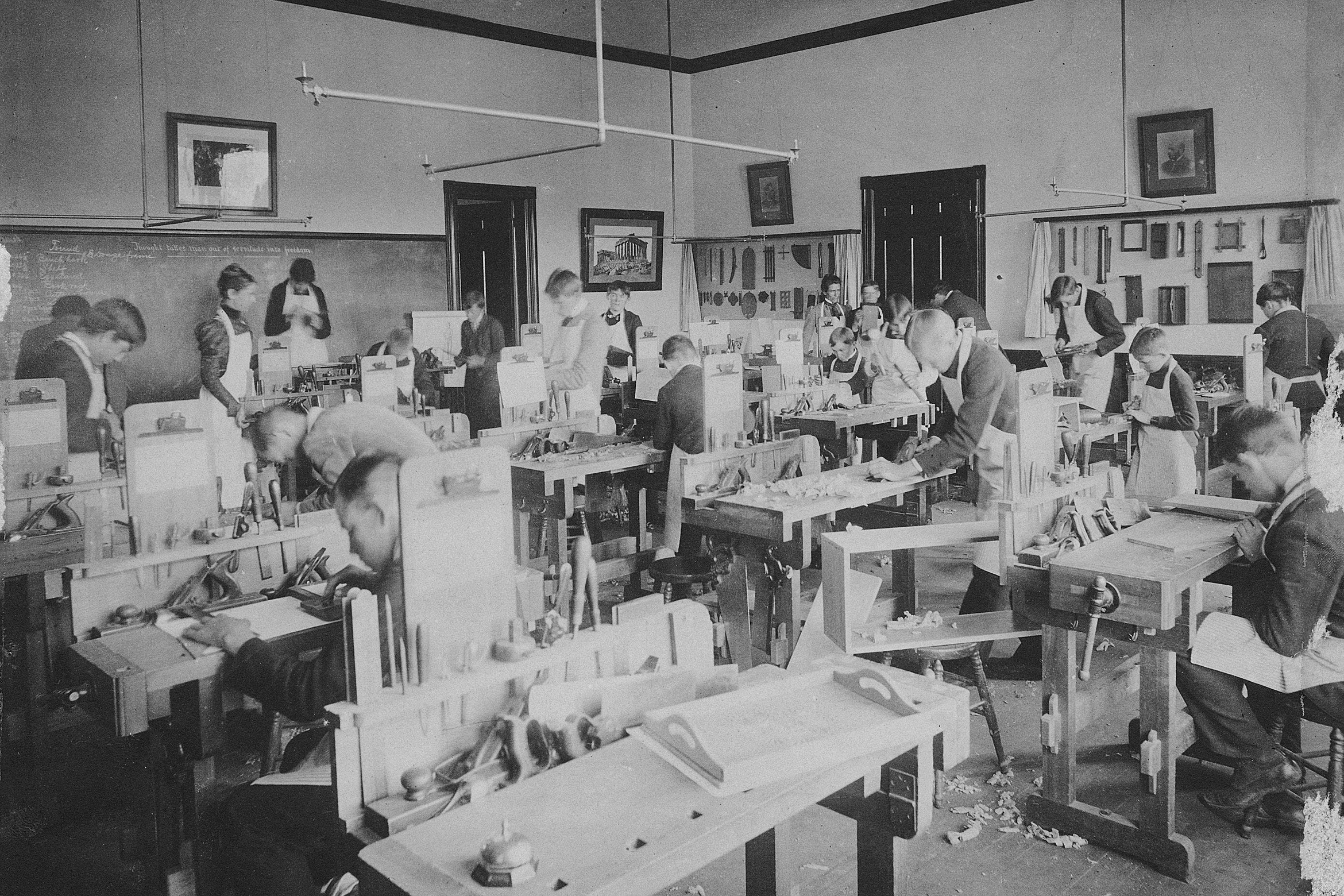
The Pre-UC Days
Continuing its evolution from an 1890s-born manual training school, the renamed Santa Barbara State Teachers College begins to grow its curriculum toward liberal arts education and to award four-year degrees.
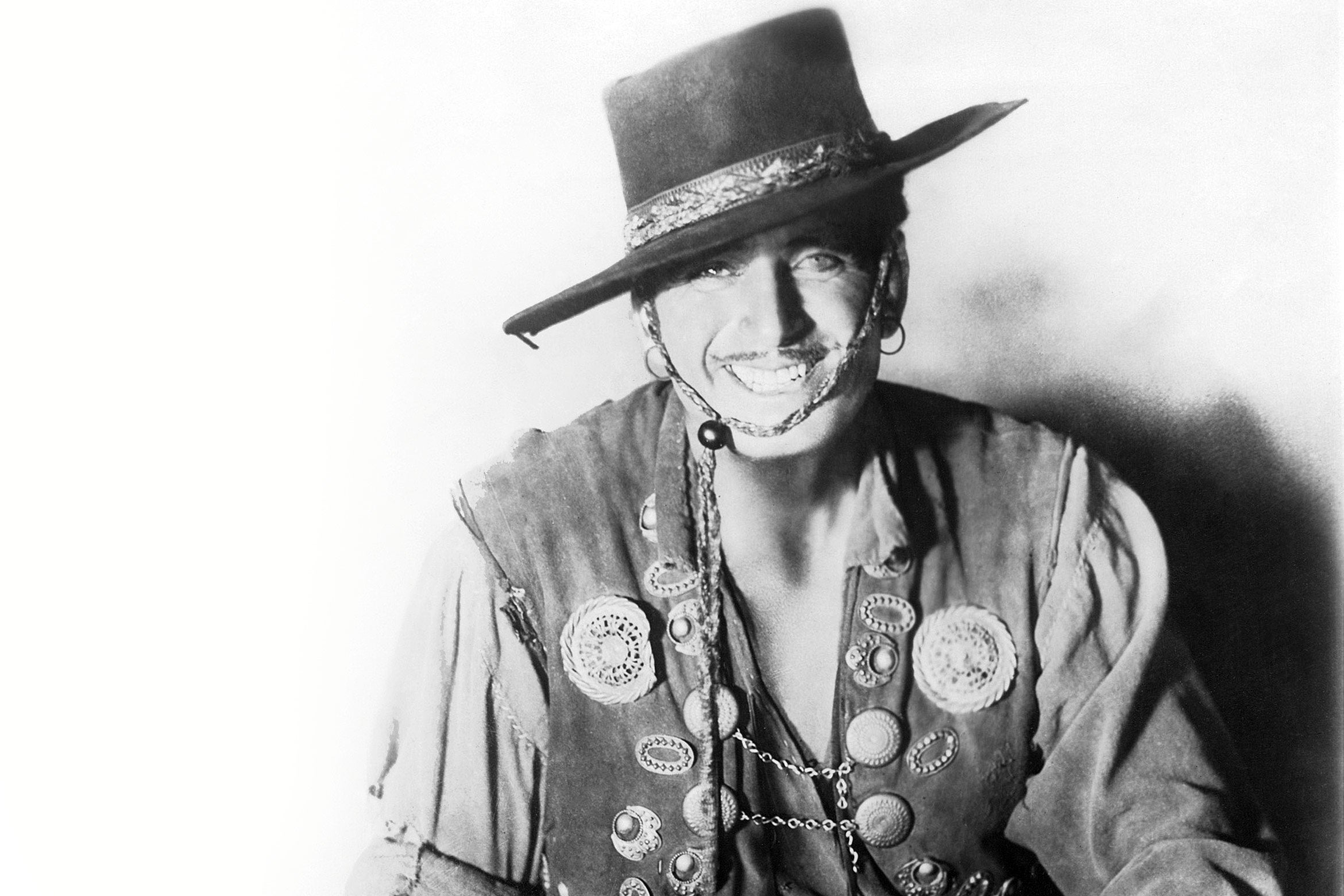
Olé!
Allegedly inspired by Douglas Fairbanks’s performance in the 1927 film "The Gaucho," the Gaucho is adopted as the school’s mascot.
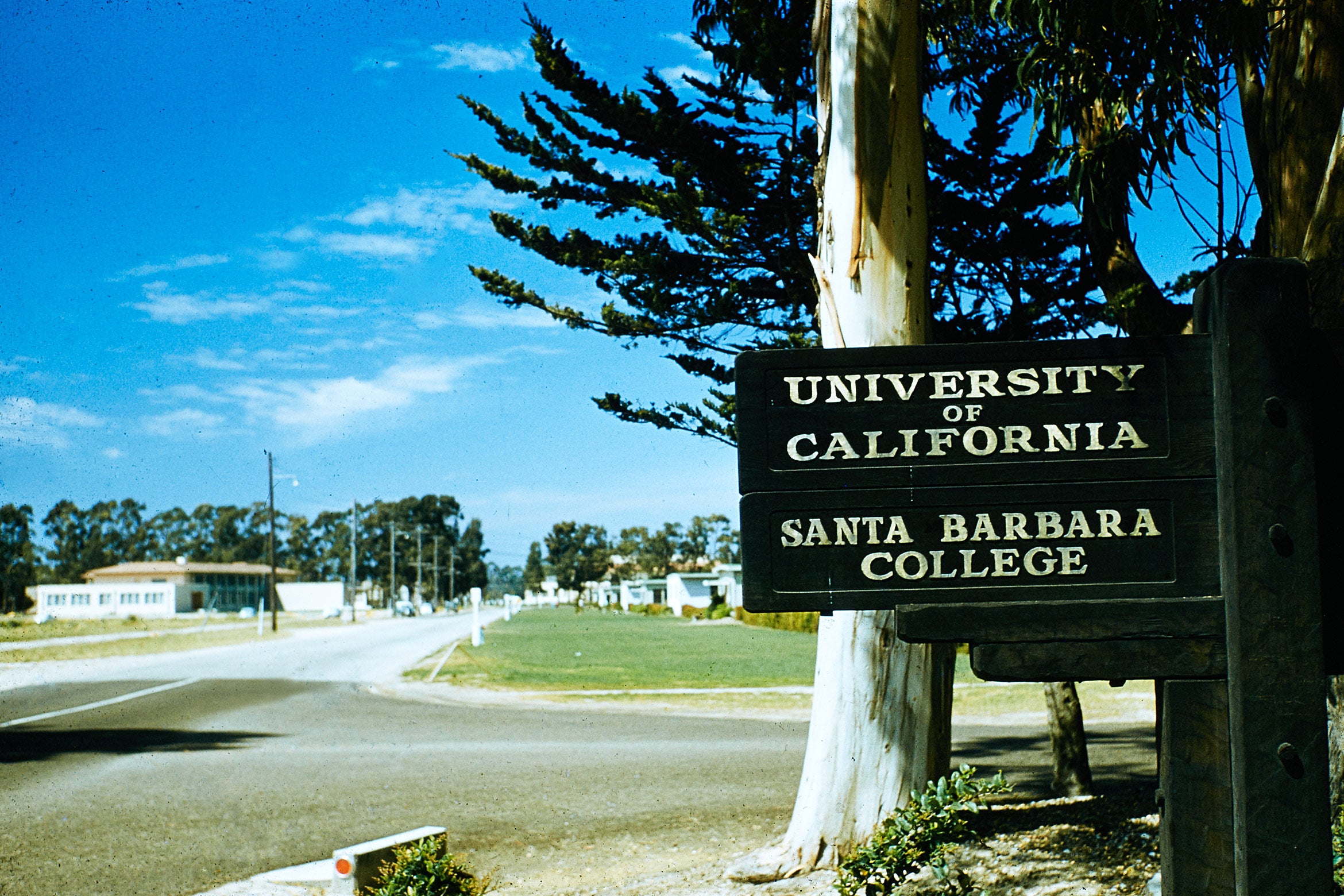
Entering the UC
With broader curricula, the UC comes calling and brings another new name: The Santa Barbara College of the University of California.
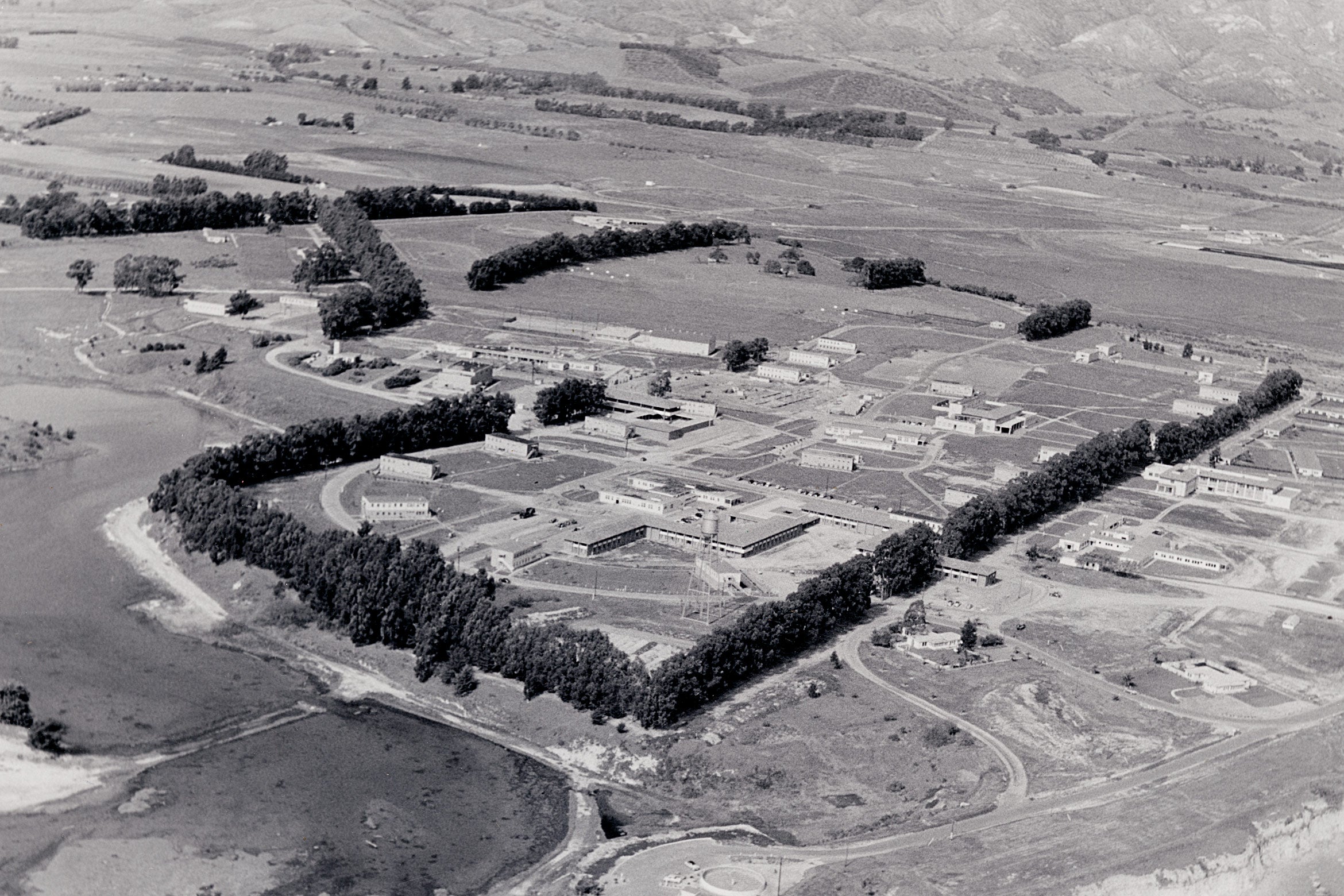
New Digs
The college relocates from its longtime Riviera Campus in downtown Santa Barbara to Goleta, taking up residence on a site previously used as a World War II Marine Air Station base. The campus remains on the same spot today.
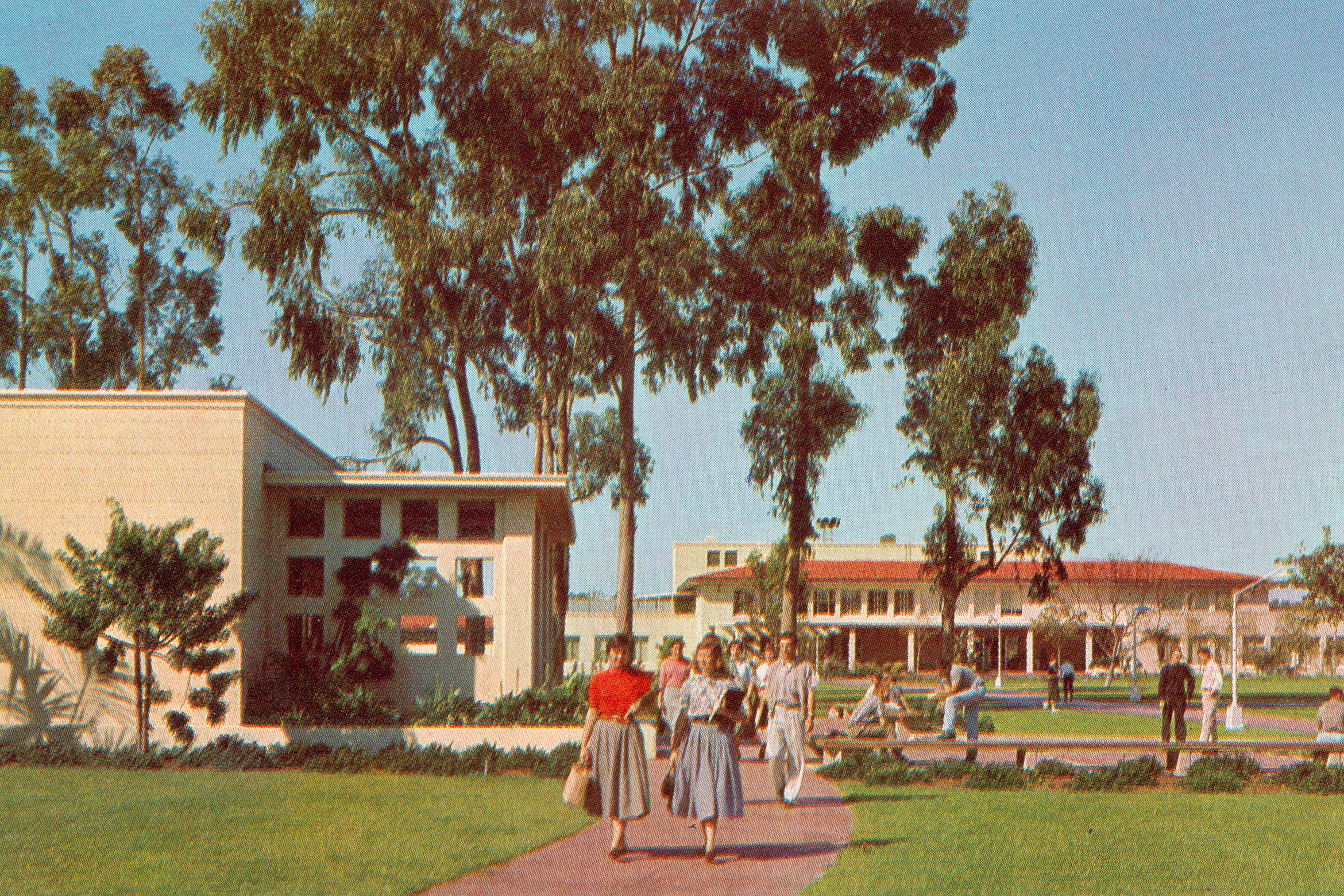
Let There Be Light
The Regents make it official and designate the college a general campus of the University of California system. Hello, UC Santa Barbara!
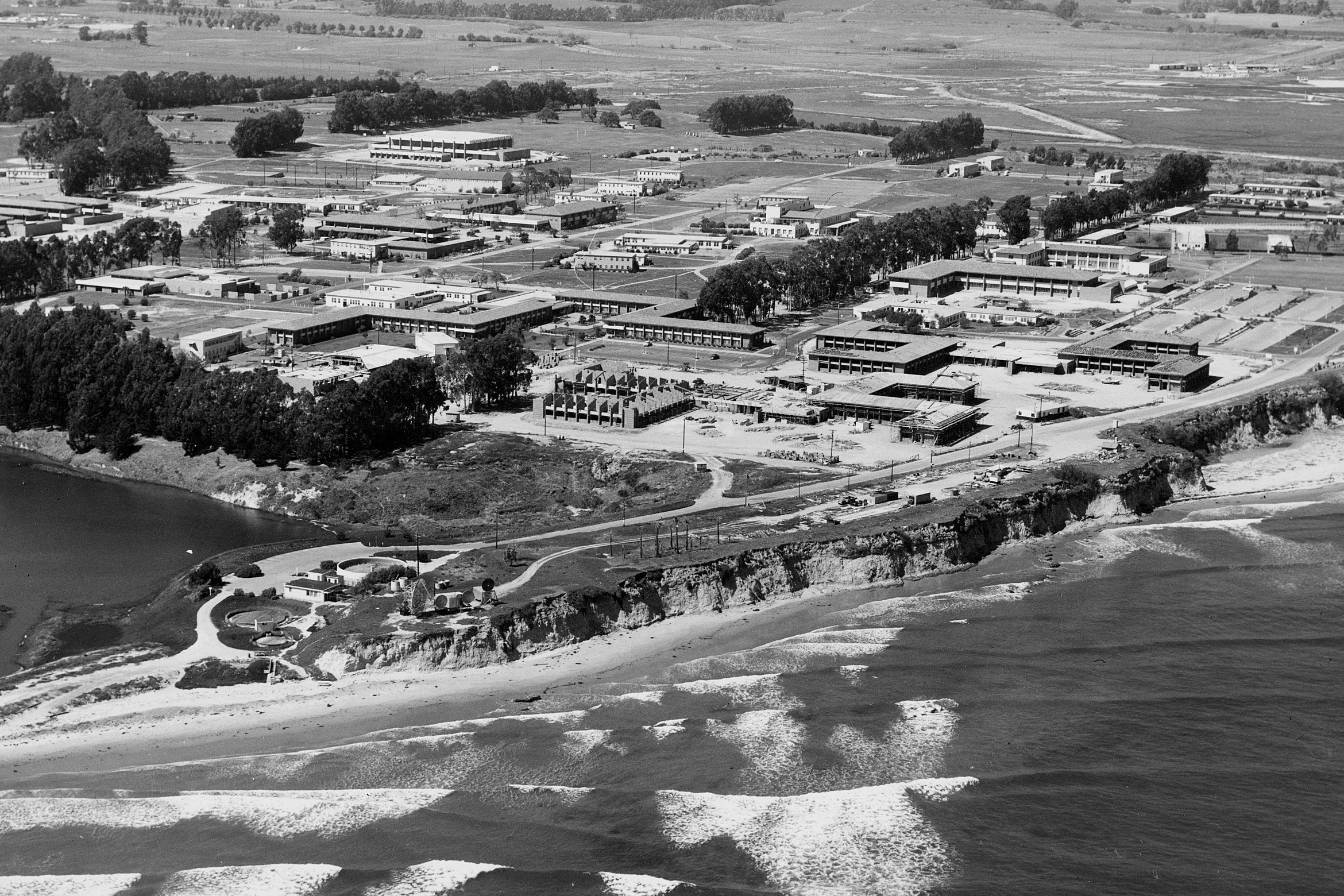
Academic Expansion
The College of Letters & Science is established, along with a School of Engineering and a School of Education.
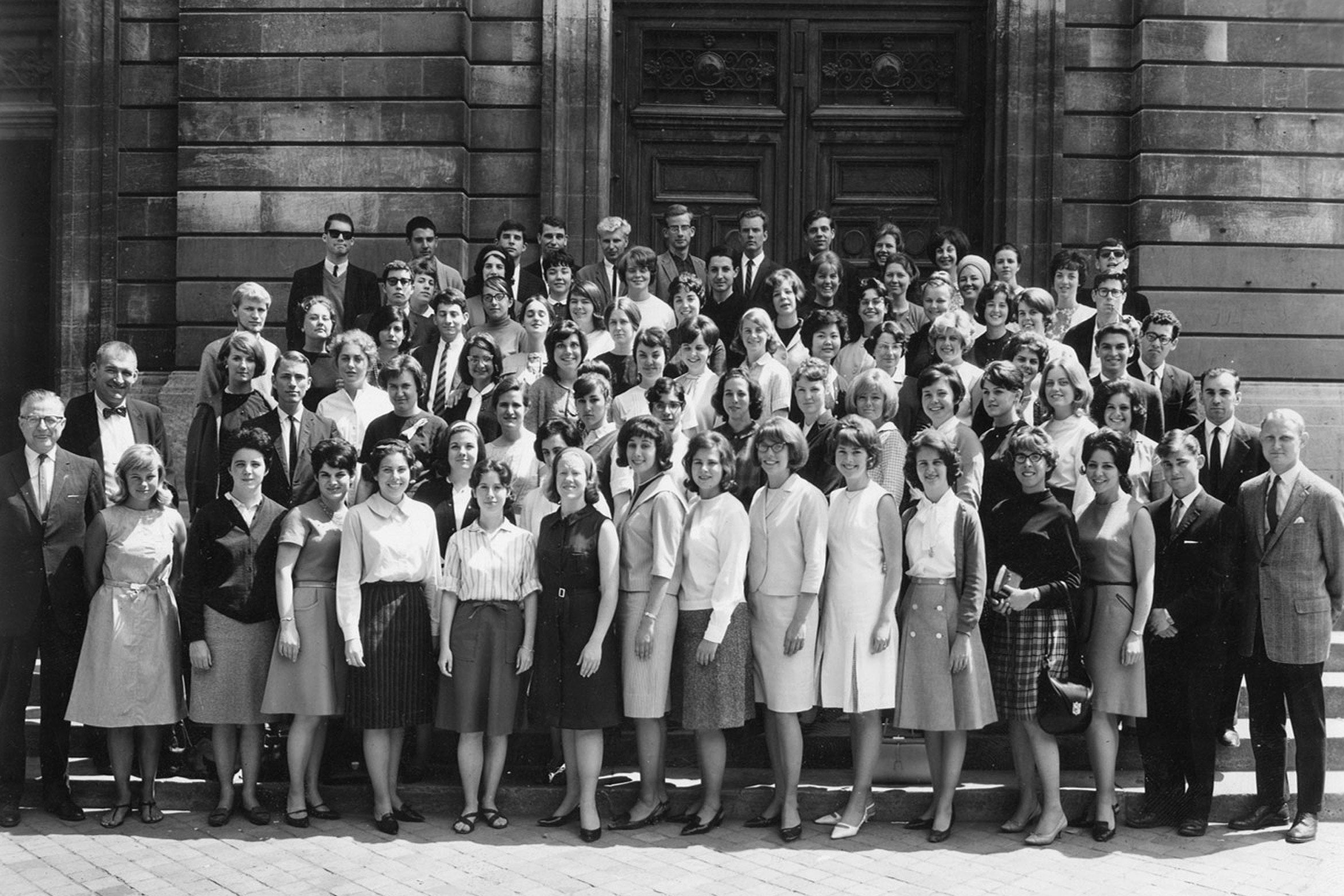
Worldwide Ambassadors
The Education Abroad Program is launched at UC Santa Barbara, which is charged with administering the UC systemwide international study initiative.
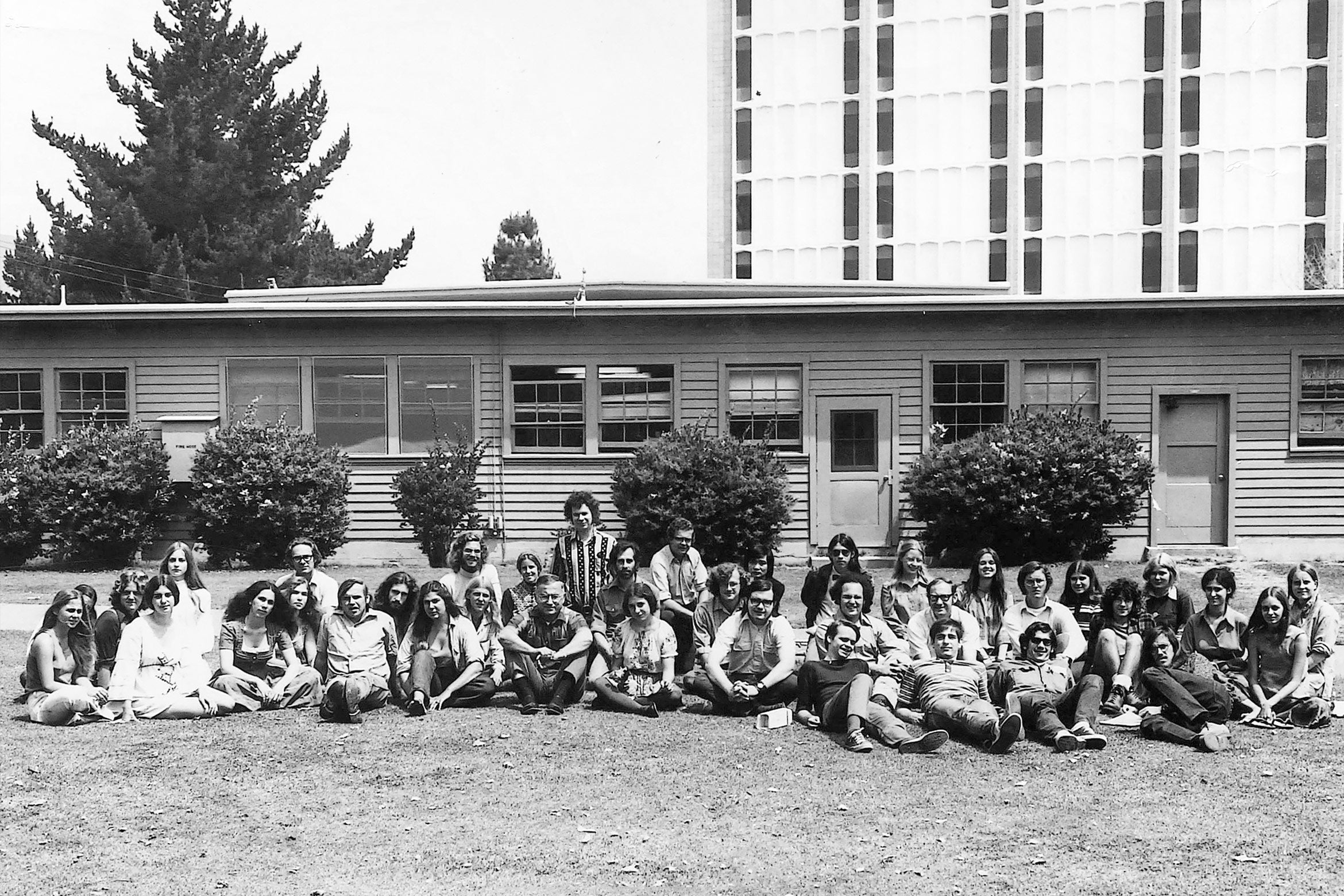
A Star is Born
The College of Creative Studies, one of a handful of so-called “experimental colleges” to emerge on campuses nationwide in the 1960s, opens for business.
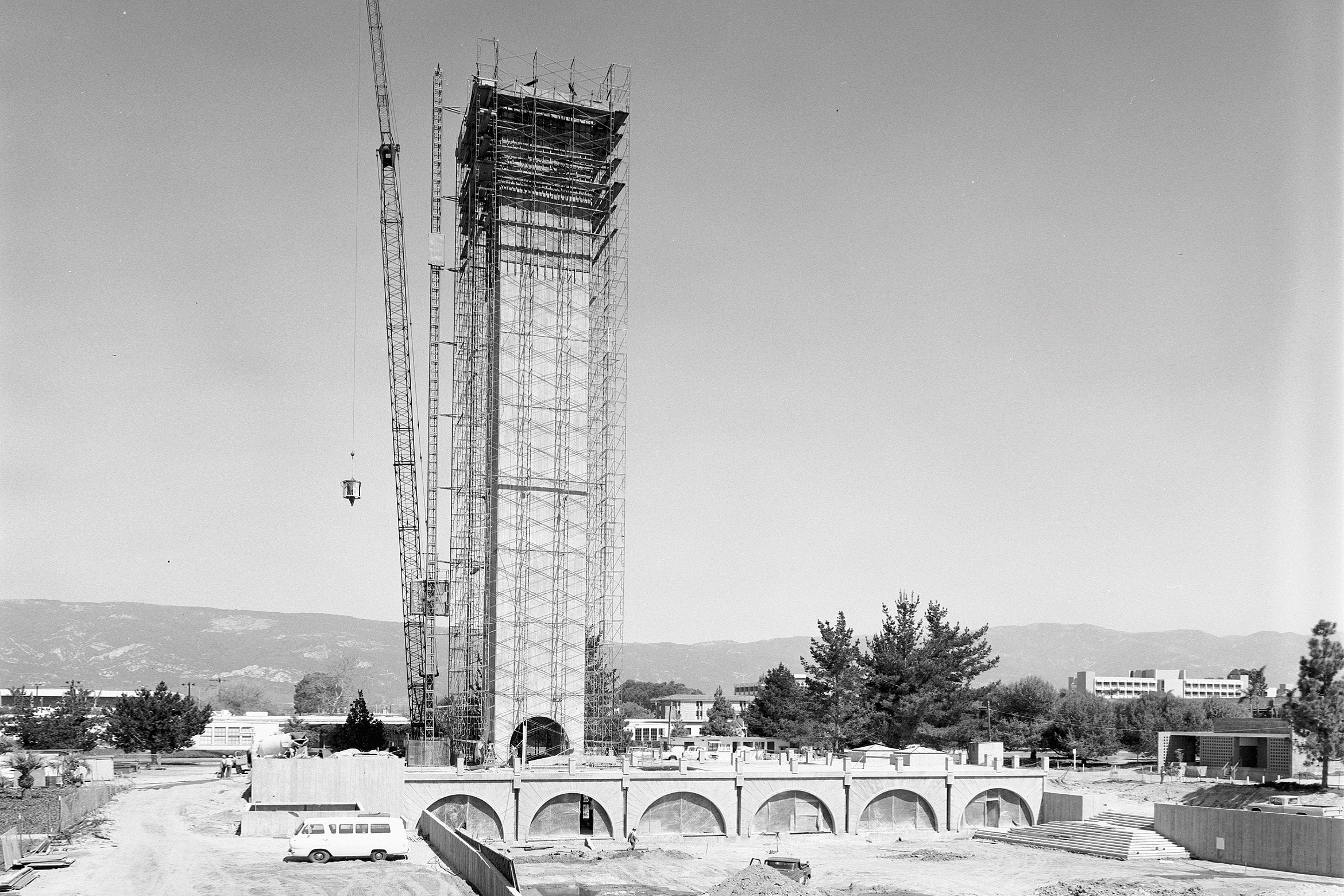
Raising a Landmark
Campus leaders dedicate Storke Tower, a 175-foot campanile with 61 bells, the tallest steel/cement structure in Santa Barbara County. It is affectionately named for Thomas Storke, a Pulitzer Prize-winning journalist and U.S. senator who was integral to the institution’s founding.
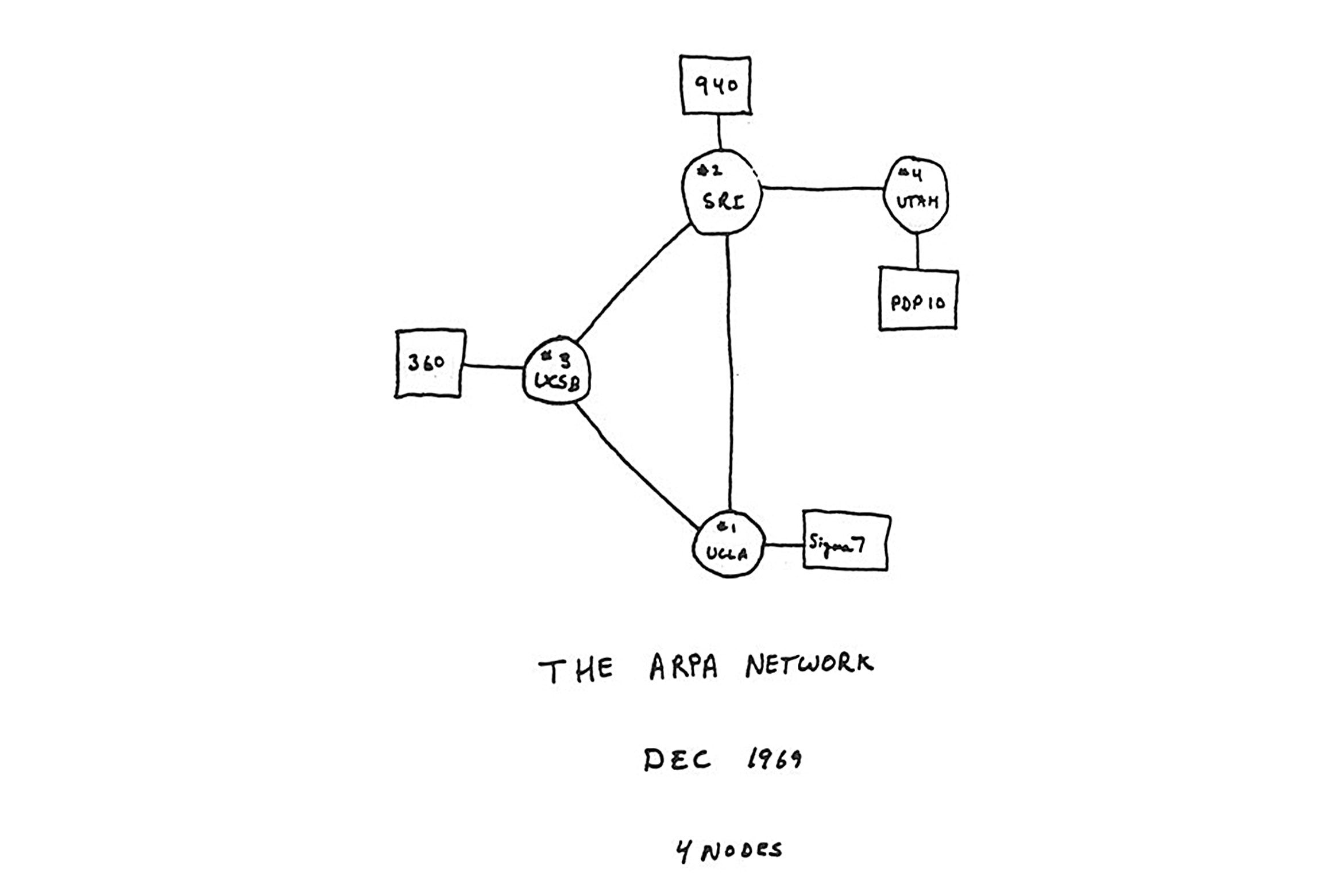
Dawn of the Internet
UCSB is one of the first four nodes of ARPANET, a network of computers with UCLA, Stanford and University of Utah. A project of the U.S. Department of Defense’s Advanced Research Projects Agency, the network relied on the transmission of “packets” of information. The number of nodes grew over the next decade, connecting computers across the country with the technology that would become the internet.

Thoreau In the House
Thoreau scholar Elizabeth Witherell relocates from Princeton to UCSB, bringing with her “The Writings of Henry David Thoreau,” a long-range scholarly endeavor to publish the contents of all 47 manuscript volumes of Thoreau's handwritten journals, his writings for publication and other uncollected papers.
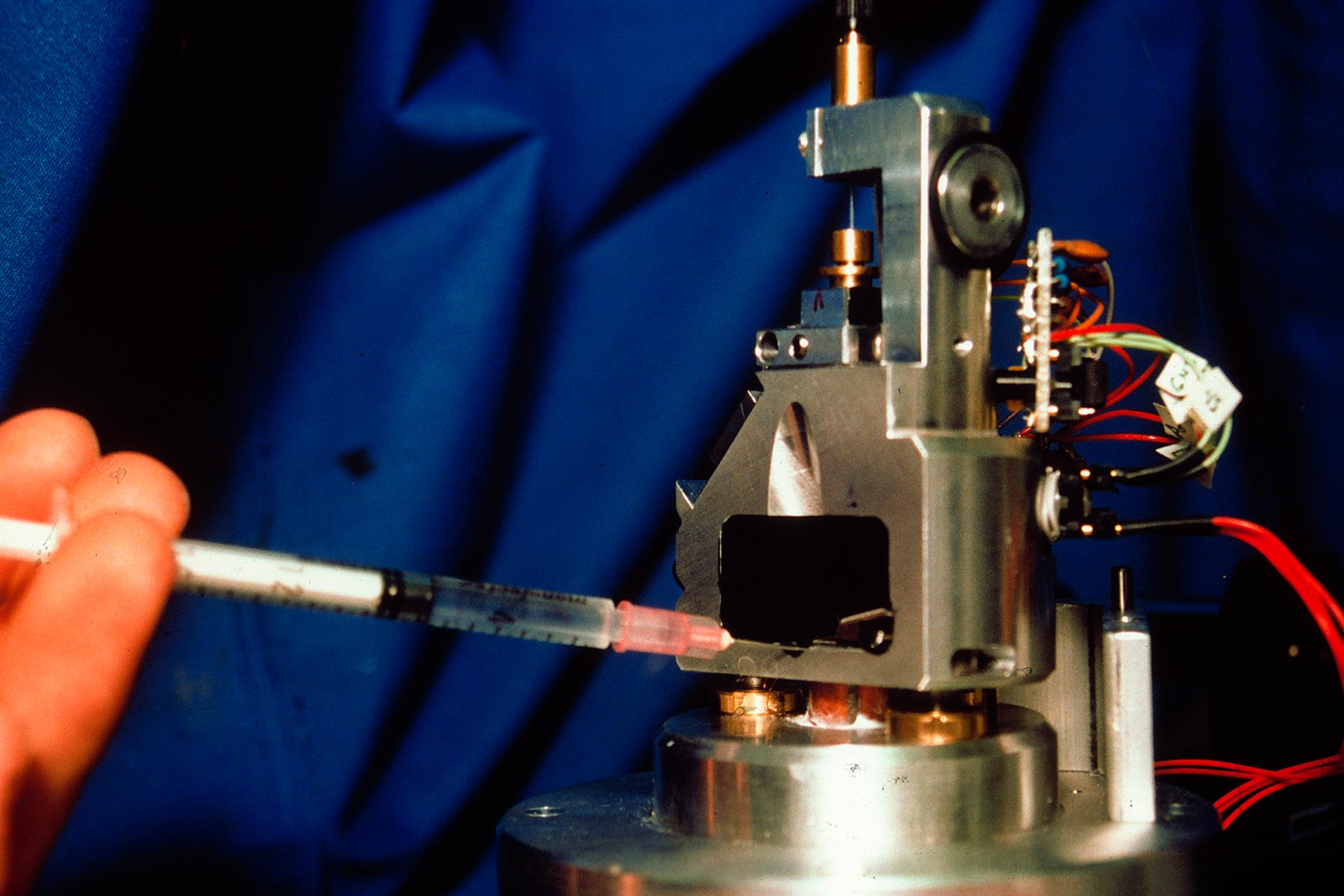
Microscopy Takes Off
The atomic force microscope (AFM), which allows researchers to track biological processes in real time is invented in a UCSB physics lab. AFM enables researchers to actually see, at both spatial (down to the atomic scale) and time resolutions, how disease develops, and how the healthy body functions.
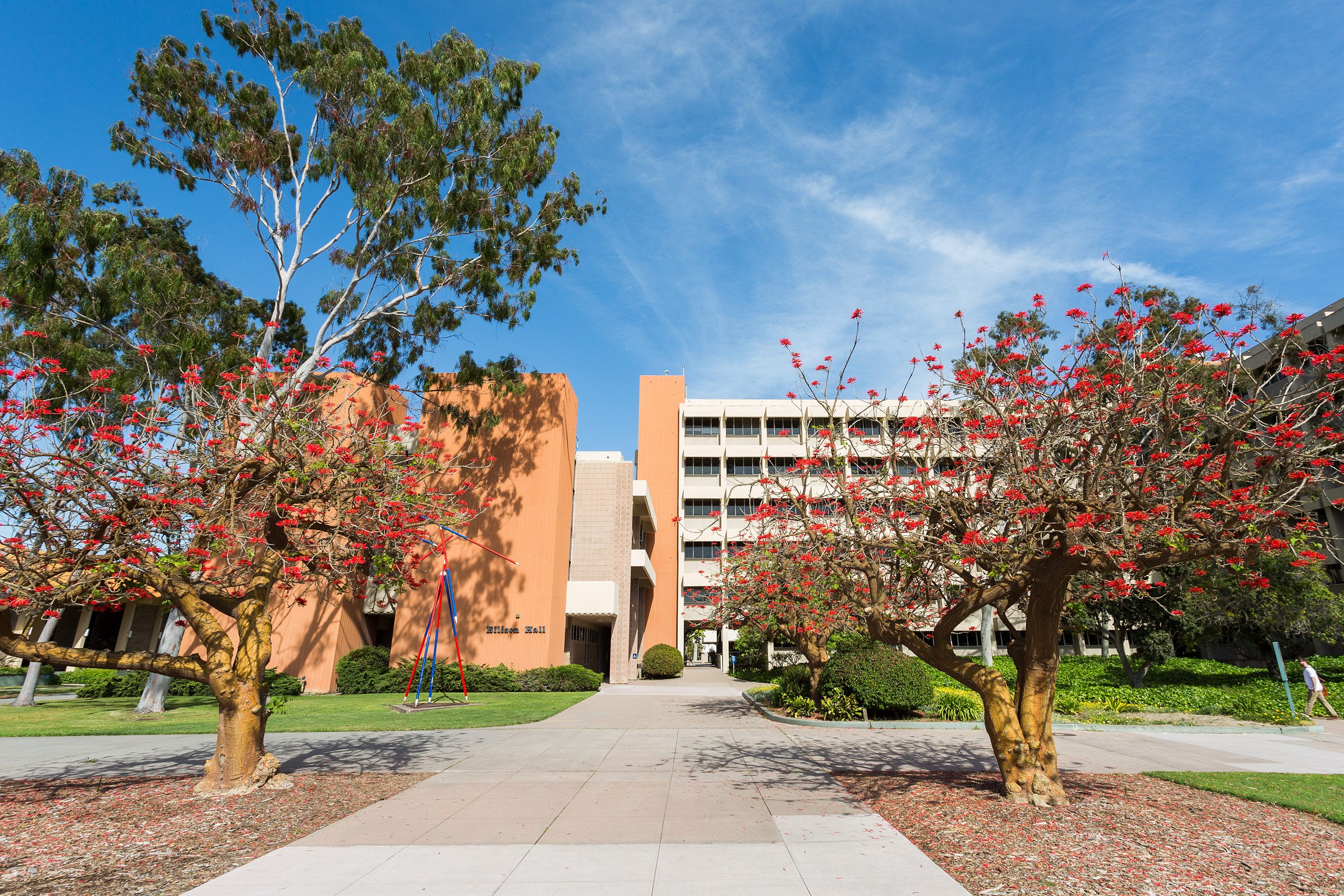
Rising Through the Ranks
UC Santa Barbara is elected a member of the Association of American Universities, a prestigious collective of leading, research-intensive higher education institutions in the U.S. and Canada.
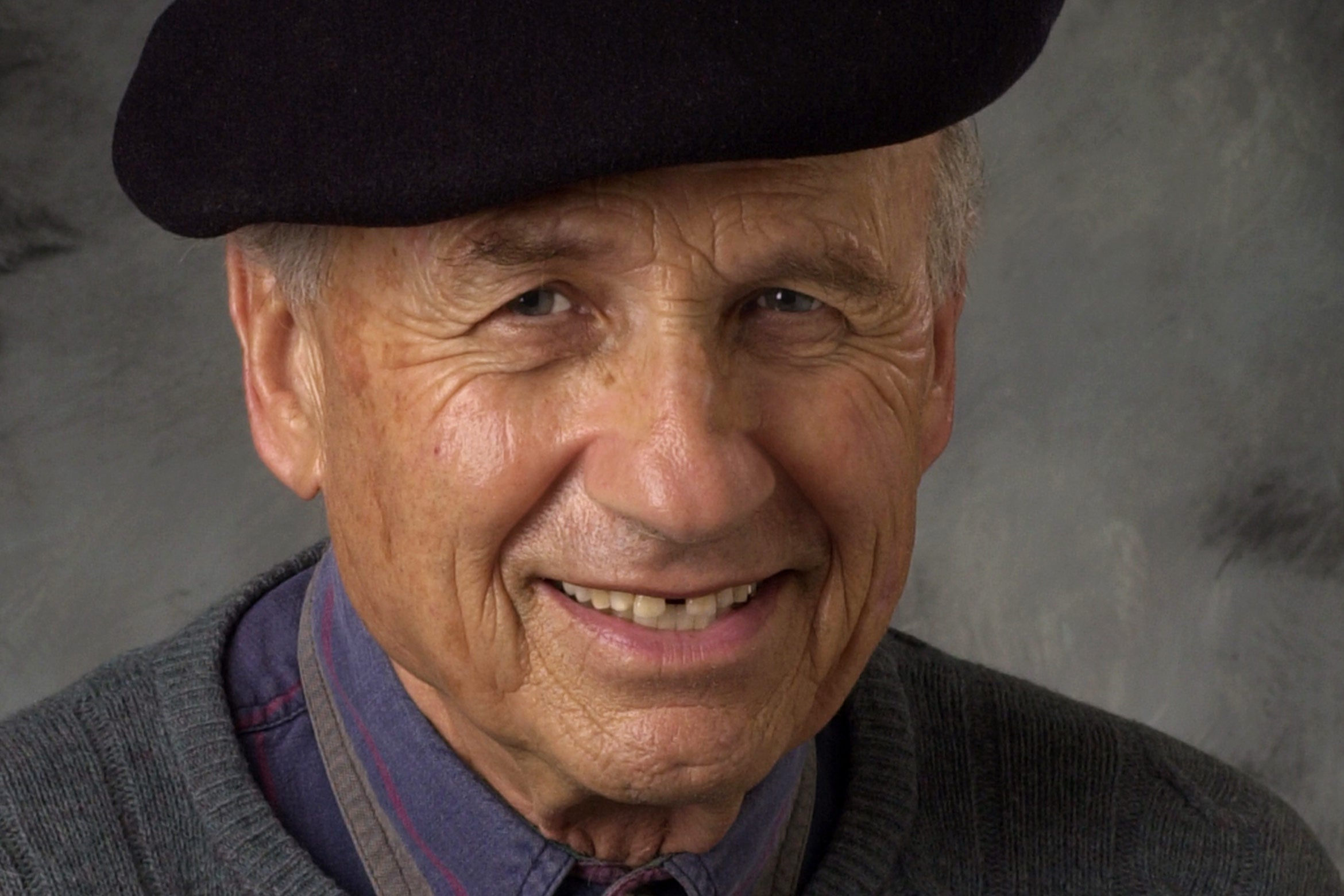
Inaugural Nobel
Physicist Walter Kohn, founder director of the campus’s Kavli Institute for Theoretical Physics, becomes the first UCSB faculty member to receive a Nobel Prize. He wins in chemistry, for his development of the density-functional theory.
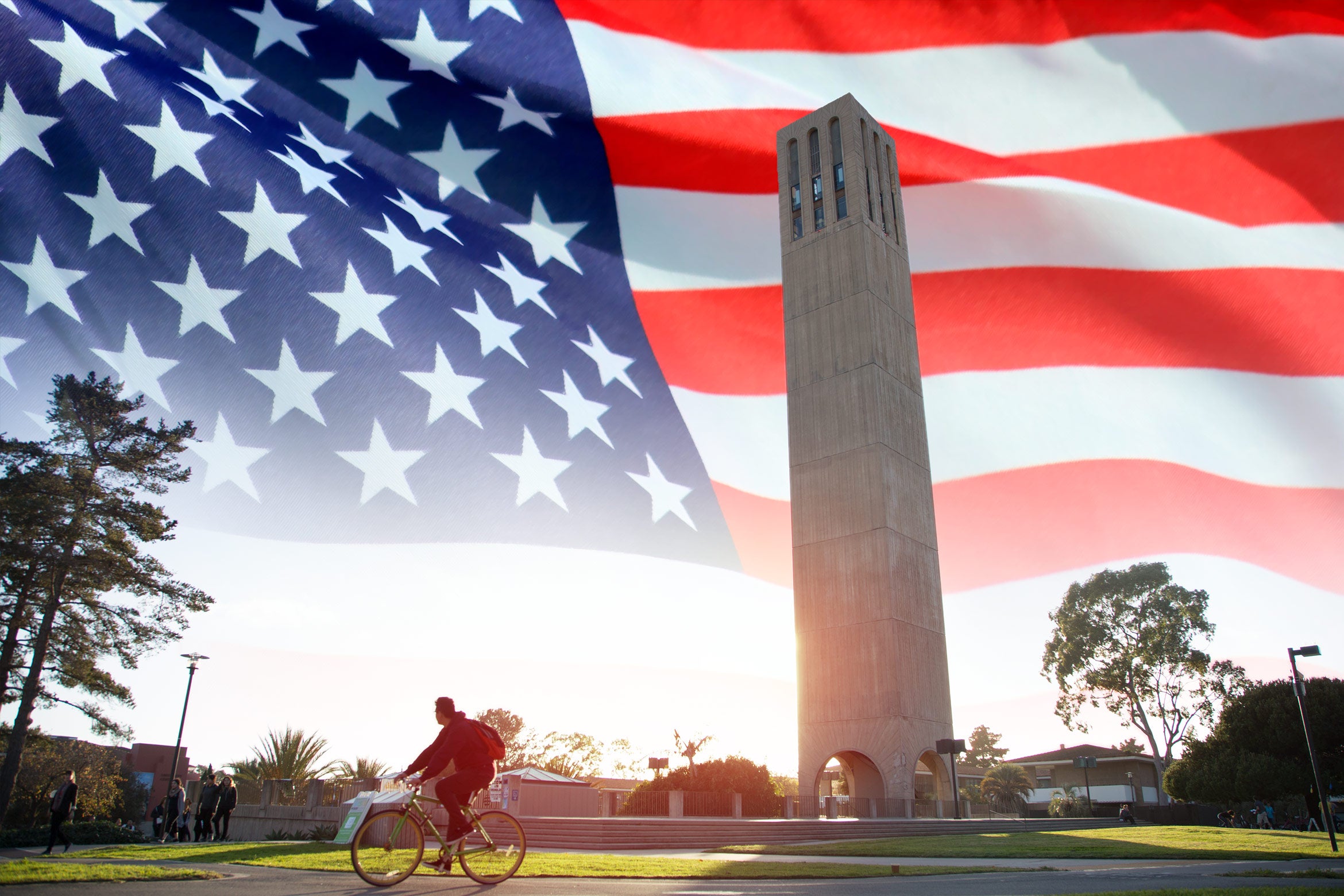
Presidential Preservation
The American Presidency Project, a vast archive of documents related to the Presidency and used for its study, is established at UCSB.
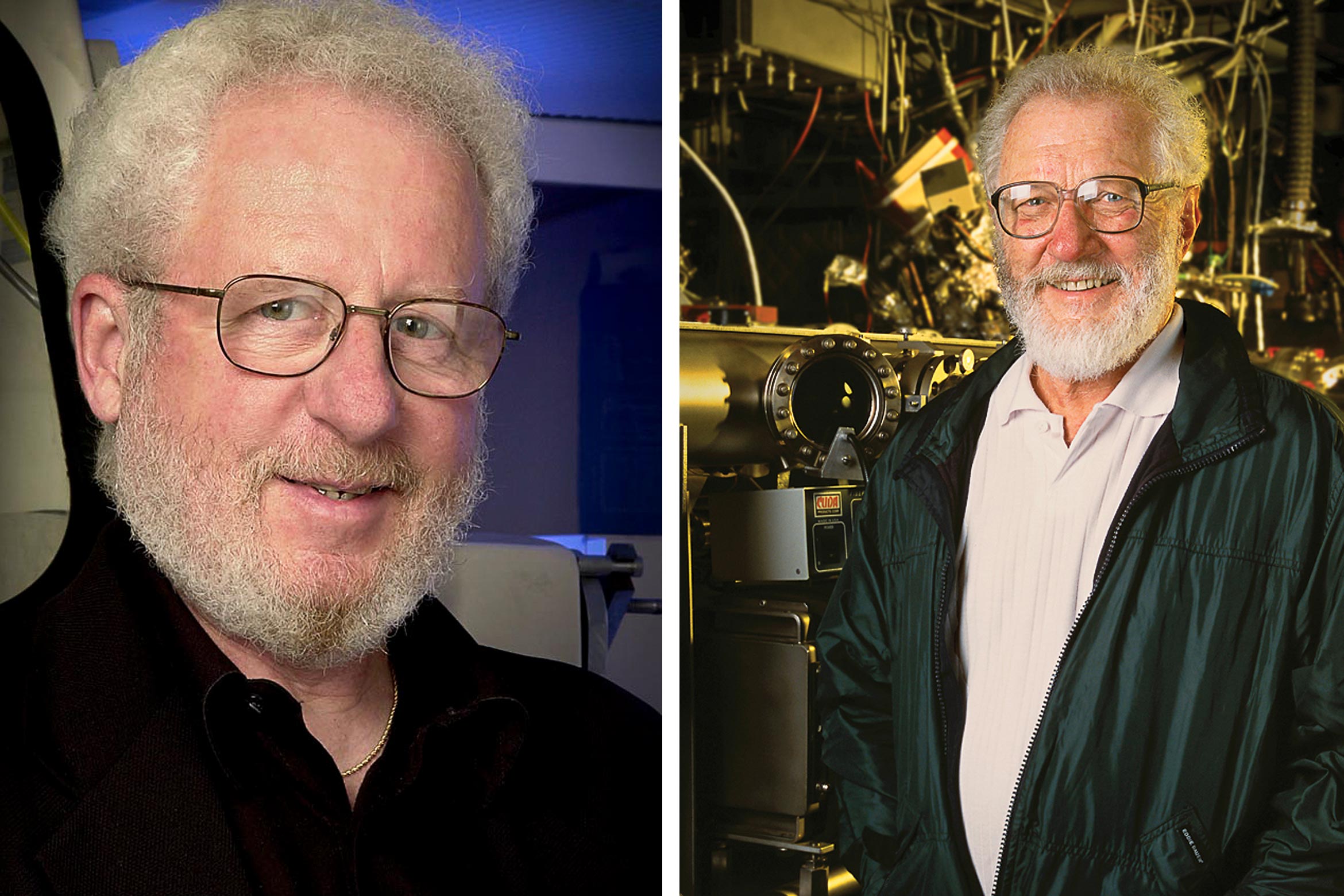
Two Times the Glory
Two UCSB professors win Nobel Prizes: Alan Heeger (chemistry) for his role in the revolutionary discovery that plastics can have the properties of metals and semiconductors, and Herbert Kroemer (physics) for developing semiconductor heterostructures used in high-speed and opto-electronics.
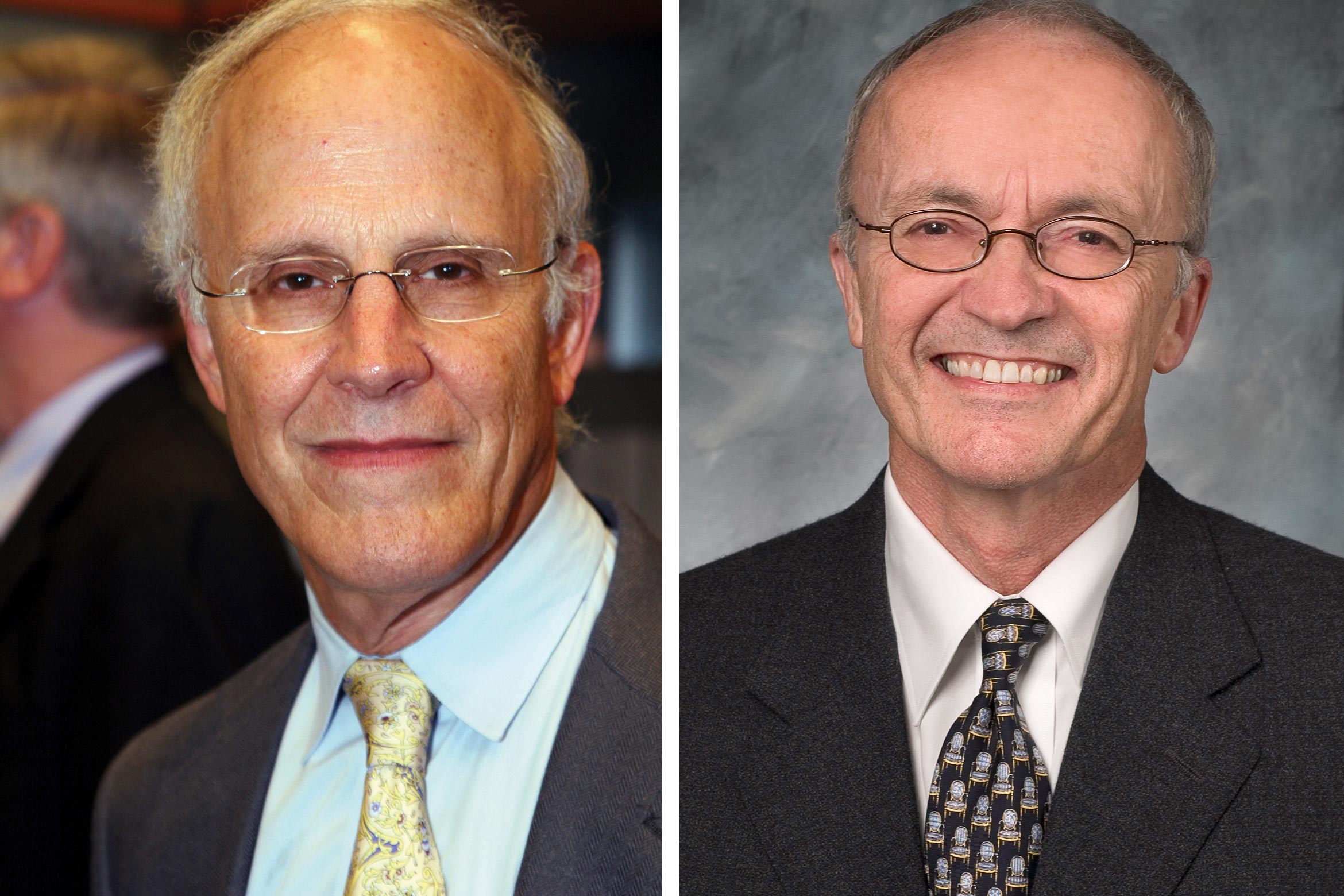
Victorious Once More
UCSB again sees two of its professors achieve Nobel status: David Gross wins the Nobel Prize in Physics for his discovery of asymptotic freedom in the theory of the strong interaction; and Finn Kydland, for his contributions to dynamic macroeconomics, receives the Bank of Sweden Prize in Economic Sciences in Memory of Alfred Nobel.
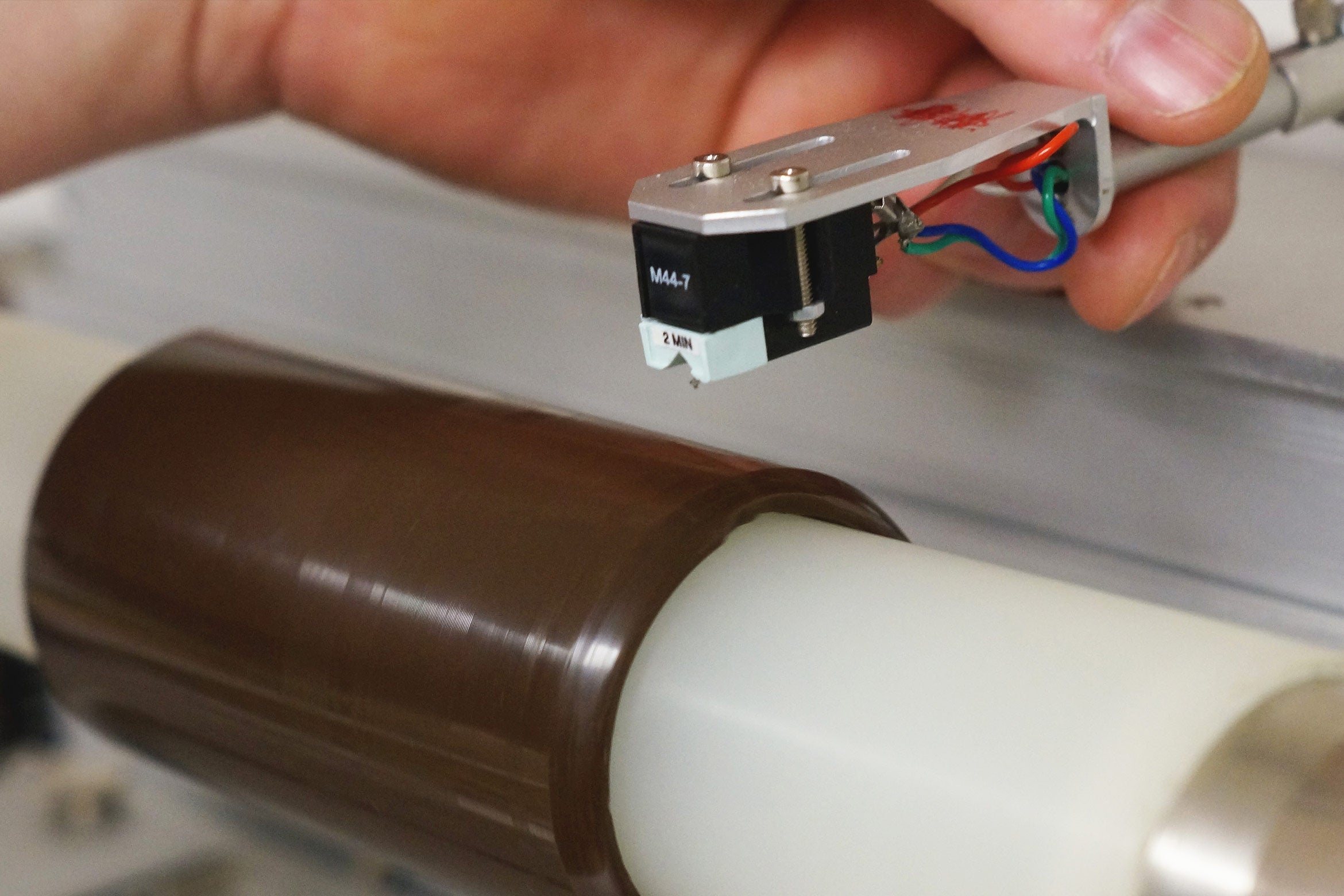
The Birth of Sound
The university launches the UCSB Cylinder Audio Archive, a searchable database of 10,000+ cylinder recordings — among the first commercially produced sound recordings — held and digitized by the UCSB Library.
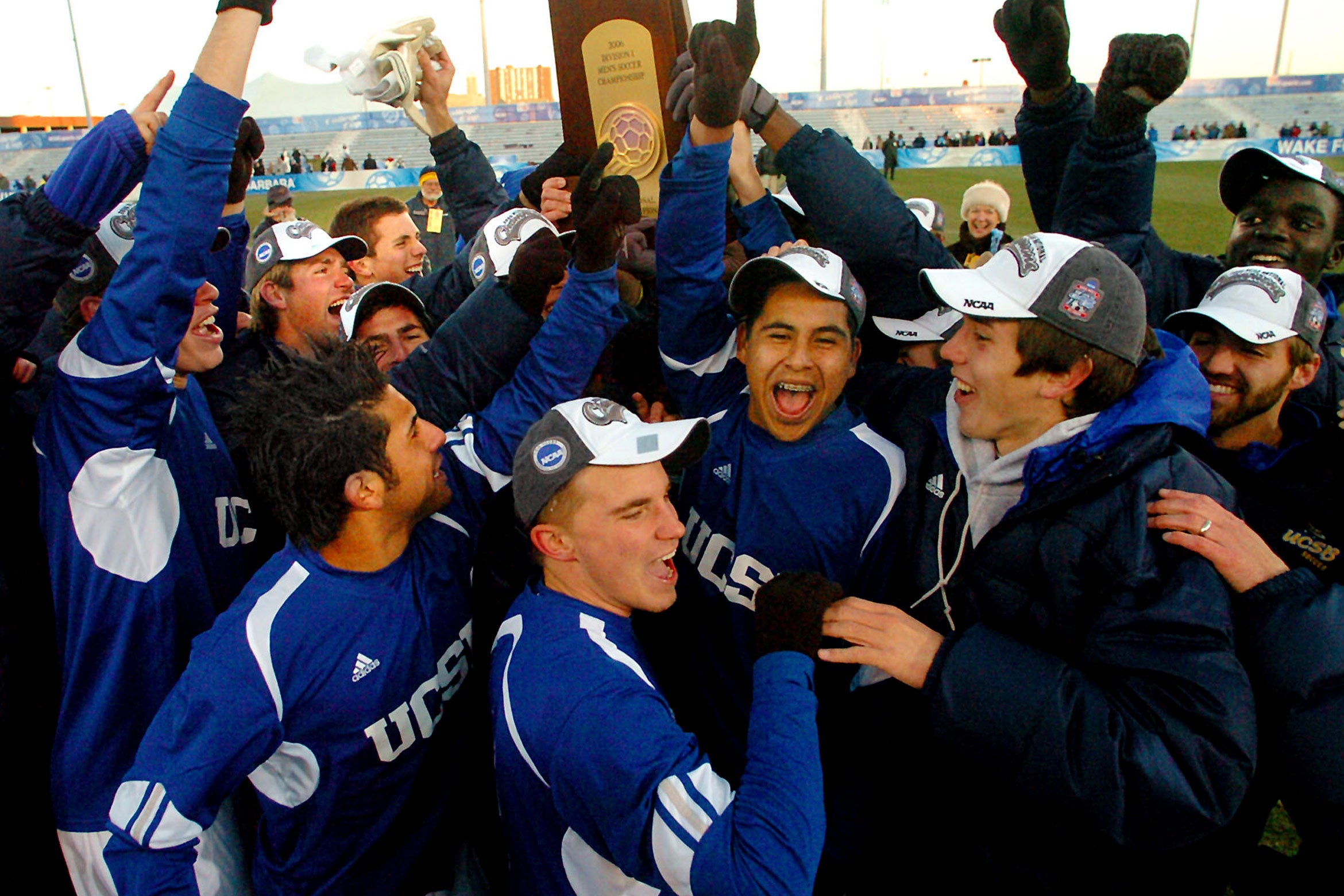
This is Soccer Heaven
The Gauchos win the NCAA Men’s Soccer title.
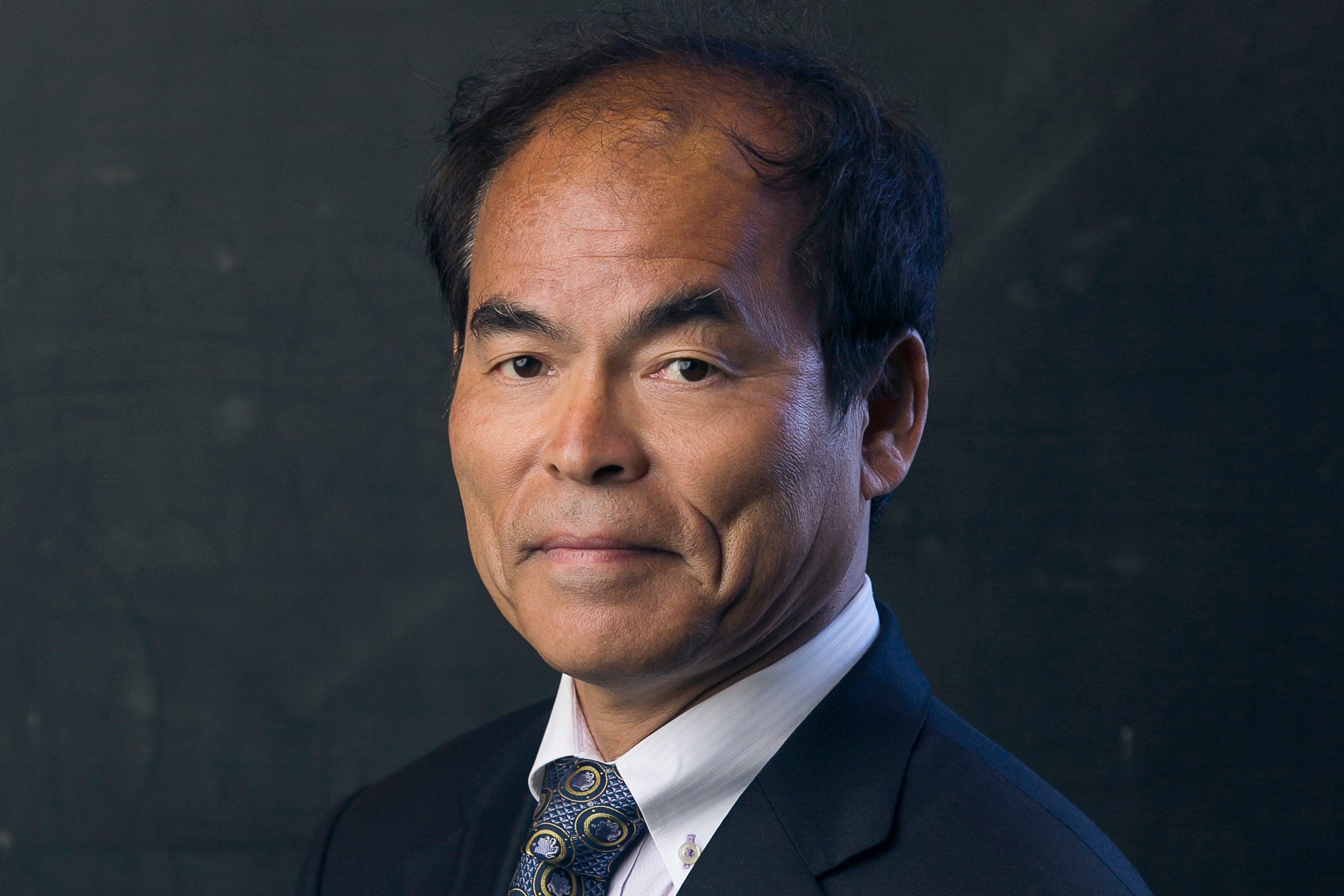
Hello Again, Alfred
Professor Shuji Nakamura wins the Nobel Prize in Physics for the invention of efficient blue light-emitting diodes (LEDs), which has enabled bright and energy-saving light sources. He becomes the sixth UCSB faculty member to win a Nobel.
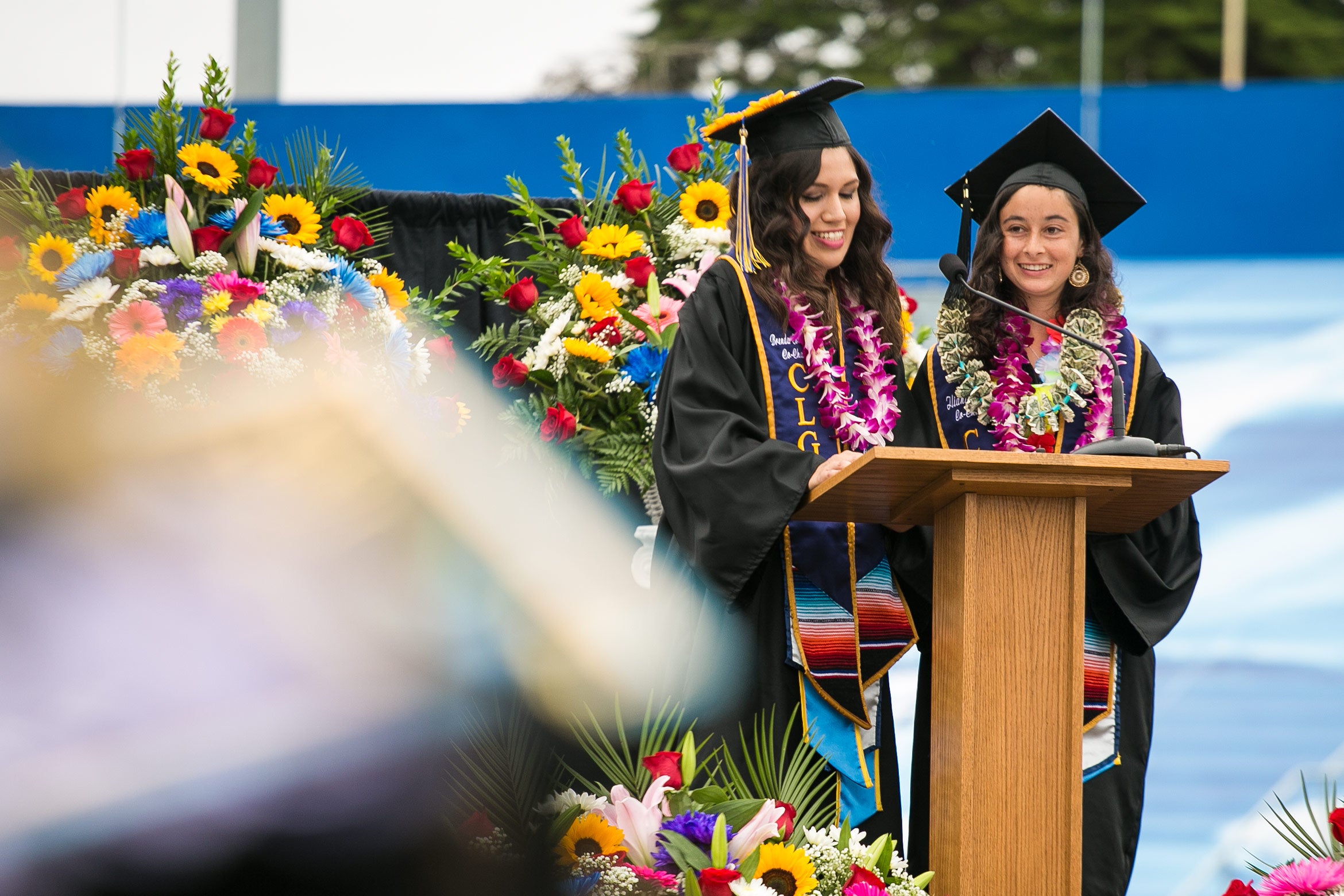
A Commitment to Diversity
UCSB is named a Hispanic-Serving Institution (HSI) by the Hispanic Association of Colleges & Universities, so recognized for achieving Hispanic enrollment 25 percent or more of its total enrollment. The campus is the first HSI that also is a member of the prestigious Association of American Universities. The same year, the campus also is designated an Asian American and Native American Pacific Islander-Serving Institution (AANAPISI) by the U.S. Department of Education.
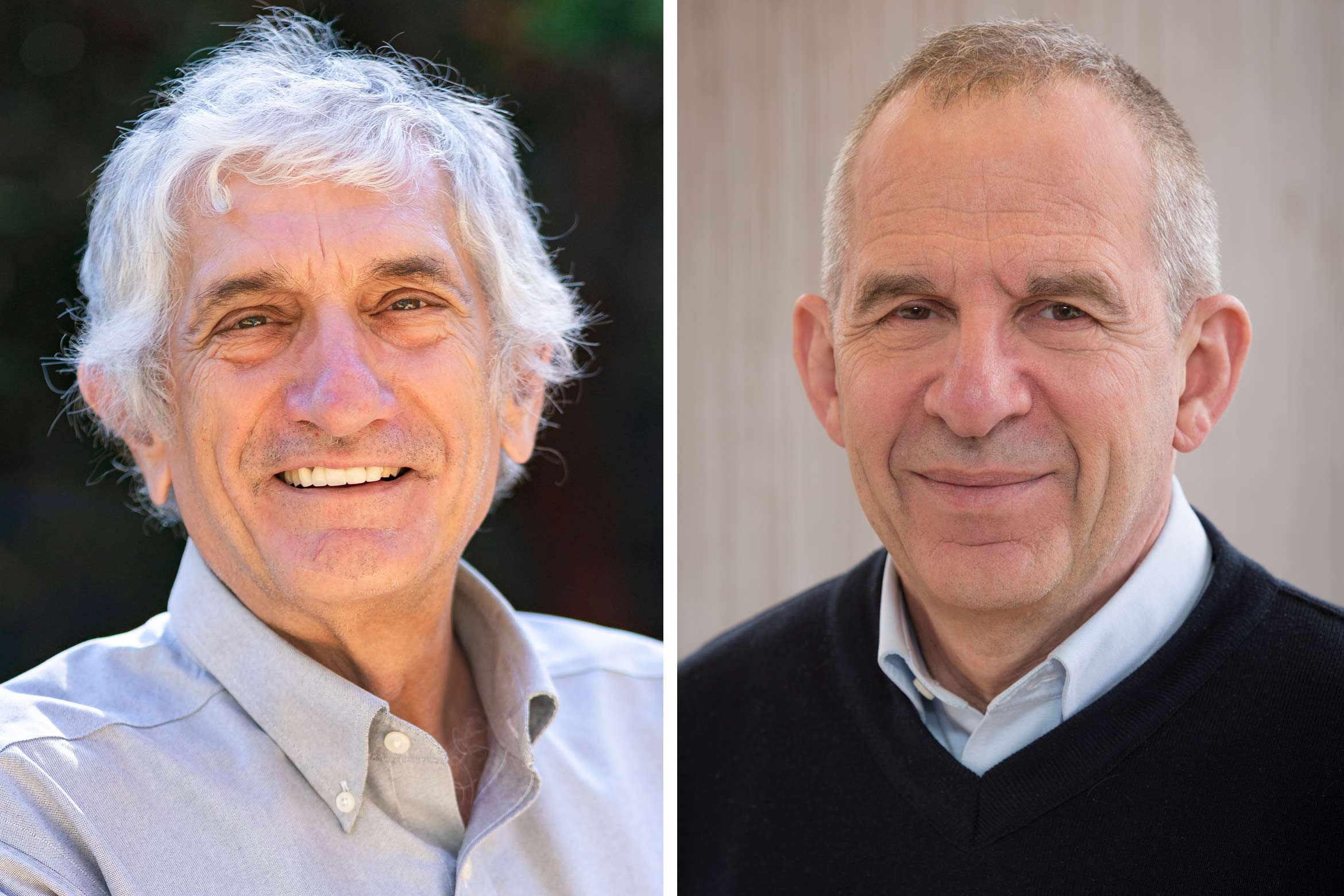
Prized Quantum Pioneers
Becoming UCSB's seventh and eighth Nobel Laureates, physics professors John Martinis and Michel Devoret are awarded the 2025 Nobel Prize in Physics for experiments in quantum mechanics they conducted together in the 1980s. Selected for the honor alongside UC Berkeley physicist and former advisor John Clarke, their work, according to the Royal Swedish Academy of Sciences, “revealed quantum physics in action.”
Historical photos provided courtesy of University Archives Photographs Collection, Special Research Collections, UC Santa Barbara Library.